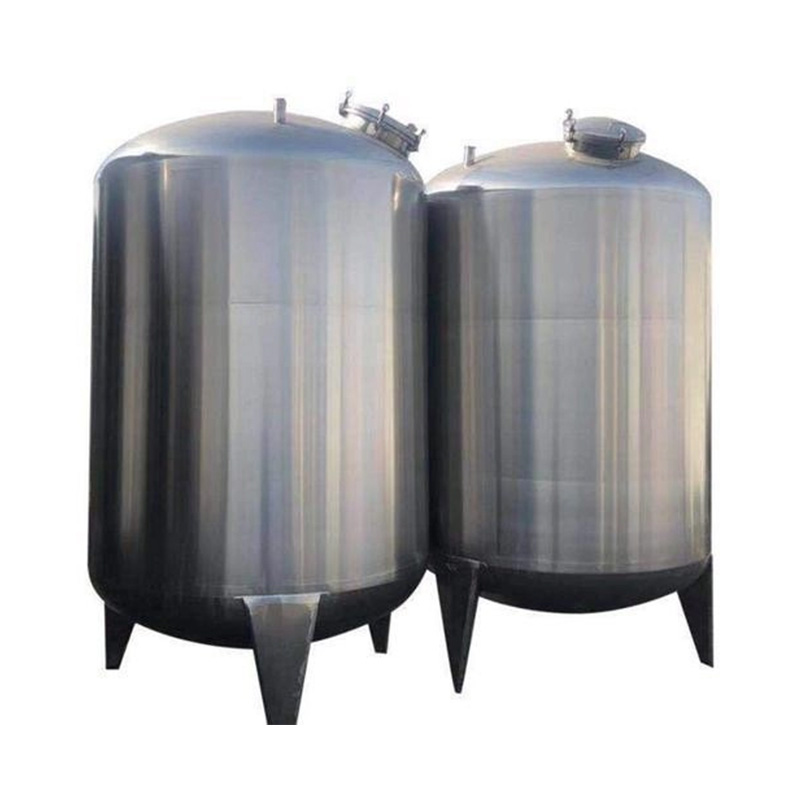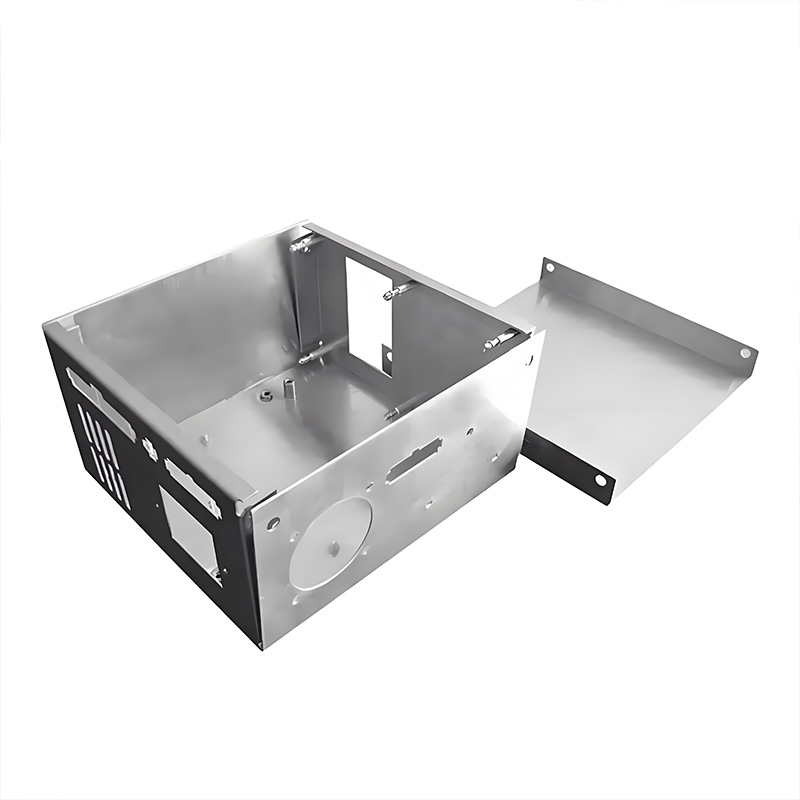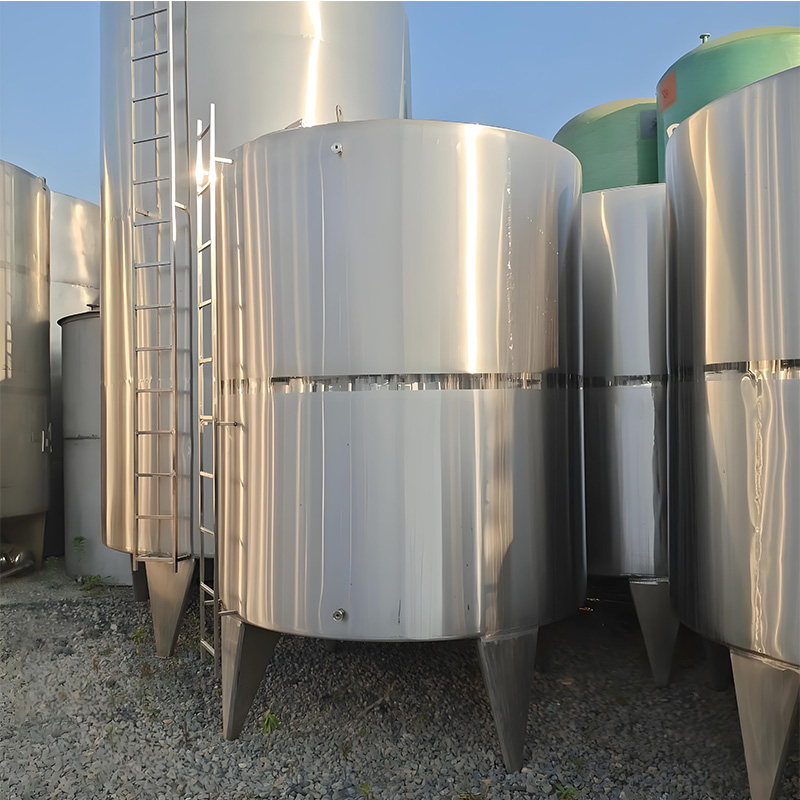Stainless Steel Storage Tank? 6 Little-Known Corrosion Fixes

6 Little-Known Corrosion Fixes for Your Stainless Steel Storage Tank
The Hidden Enemy: Why Your “Stainless” Tank Isn’t Immune
Ever wonder why your stainless steel storage tank shows rust spots despite its name? Here’s the truth: stainless steel resists corrosion but isn’t bulletproof. Factors like chloride exposure, poor maintenance, or micro-cracks create vulnerabilities. Surprisingly, NACE International estimates corrosion costs industrial sectors over $2.5 trillion yearly – with storage tanks being major contributors.
Interestingly, many operators assume their stainless steel storage tank requires minimal upkeep. This misconception leads to costly failures. For example, our team encountered a 2025 case where a dairy plant’s tank failed prematurely due to chloride stress corrosion cracking (CSCC) – a preventable issue with proper knowledge.
Corrosion Fix Showdown: Mechanical vs. Chemical Approaches
| Method | Best For | Cost | Longevity |
|---|---|---|---|
| Electrochemical Passivation | Uniform surface corrosion | $$ | 5-8 years |
| Laser Cladding | Localized pitting | $$$ | 10+ years |
| Cathodic Protection | Underground tanks | $$ | Requires monitoring |
Counterintuitively, the cheapest fix isn’t always cost-effective. Laser cladding has higher upfront costs but often outlasts alternatives. When selecting solutions for your stainless steel storage tank, consider total lifecycle expenses.
Step-by-Step: Electrochemical Passivation in 5 Steps
Revive Your Tank’s Protective Layer
Step 1: Safety First
Isolate the tank, drain contents, and ventilate. Use PPE – acids are no joke!
Step 2: Surface Prep
Remove all debris with alkaline cleaning. Contaminants hinder passivation.
Step 3: Acid Bath
Apply citric or nitric acid solution (concentration varies by steel grade).
Step 4: Rinse & Neutralize
Use deionized water. Test pH to confirm complete acid removal.
Step 5: Validation
Conduct a ferroxyl test to verify chromium oxide layer regeneration.
This process restores corrosion resistance to your stainless steel storage tank. For critical components, consider professional services like those at CNC Lathe Parts.
Common Mistakes That Accelerate Corrosion
WARNING: Never use hydrochloric acid (HCl) for cleaning! Chlorides induce pitting corrosion. Also, avoid abrasive tools that destroy the passive layer. One client used steel wool – yes, steel wool! – to scrub their tank, embedding carbon particles that caused galvanic corrosion.
Another pitfall? Ignoring crevice corrosion. Gaskets and joints trap moisture, creating aggressive micro-environments. Regular inspection is non-negotiable.
Future-Proofing: Smart Tank Monitoring Trends
IoT sensors now track corrosion rates in real-time. These devices measure electrochemical noise, alerting you before failures occur. Data shows proactive maintenance reduces repair costs by up to 70% according to a 2024 NACE report.
Furthermore, new duplex stainless steels offer superior chloride resistance. When specifying a new stainless steel storage tank, evaluate material upgrades against operational needs.
Maintenance Checklist Before Year-End
- Inspect weld seams for discoloration or cracks
- Verify cathodic protection system functionality
- Test fluid chemistry for chloride concentration
- Clean tank interior with approved solutions only
- Document corrosion hotspots with photos for tracking
FAQs: Stainless Steel Storage Tank Corrosion
▸ How long should a stainless steel storage tank last?
Properly maintained tanks can exceed 25 years. However, aggressive chemicals or poor maintenance may reduce lifespan to under 10 years.









